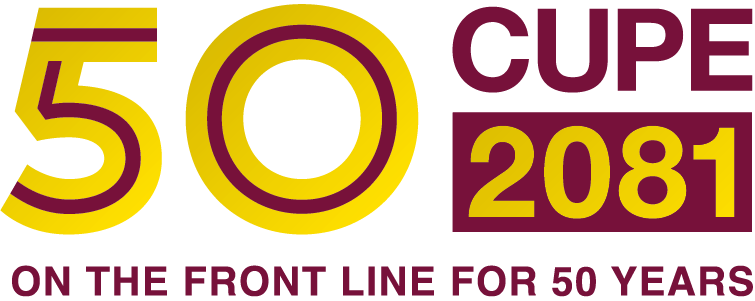As the Greater Victoria region in BC proceeds with a mostly public plan for sewage treatment, after a decade of CUPE campaigning against a P3, the question remains: was a fully public option ever really available?
This article originally appeared in the Winter 2017 issue of CUPE BC’s Public Employee magazine.
After years of planning and decades of discussion, the Greater Victoria region finally made a decision on how to treat the core area’s sewage this past September. CUPE members had been advocating from the start for a publicly owned, operated and maintained sewage treatment plant—and, from the start, the fight was an uphill battle.
The planning process began in 2006, after the BC government announced that the Capital Region District (CRD) must develop a plan for sewage treatment in the core area, which includes seven of the region’s municipalities. Shortly thereafter, then-Premier Gordon Campbell announced that the project must be evaluated by Partnerships BC to see if it could be a public-private partnership (P3).
“P3s will become the new capital standard,” crowed the premier in a BC government news release. “In the future, all provincially-funded capital projects with a value of over $20 million [that amount will later increase to $50 million] will be considered first by Partnerships BC to be built as a P3 unless there is a compelling reason to do otherwise.”
Despite pressure from other levels of government to privatize vital community services, CRD residents continued to voice their support for public services. In a May 2009 report summarizing public consultations, the recurring theme was of “a community desire to have locally built, publicly owned and managed treatment facilty(ies).”
Even with strong community support for a fully public solution for sewage treatment, the CRD ultimately chose a hybrid approach to procurement that includes a mix of public and private procurement. The main treatment facility and conveyance system will be owned, operated and managed publicly. The resource recovery portion of the project, which will treat and manage the biosolids that remain after wastewater has been processed, will be delivered through the P3 model by an unknown private partner for 30 years.
In 2012, funding for the project was confirmed and the implementation phase of the project began. However, in 2014 that plan fell apart and the CRD went back to the planning phase. This caused grave concern for several reasons, one being that if the CRD lost the public funding they had secured there would be no other public funding available and a new application for federal funding would be subject to an automatic P3 screen.
Ultimately the same procurement model was suggested for the revised plan that the CRD approved in September 2016. The hybrid procurement model soon to be implemented could bring significant challenges.
Renewed pressure from Ottawa
We are certainly seeing a strong push for privatization at the federal level. Last fall Prime Minister Justin Trudeau announced that his government was considering the creation of a “Canadian Infrastructure Development Bank”. This model would entice private companies and pension funds to invest heavily in public infrastructure. Should local governments want to access this funding, they could be forced to consider a P3.
This all begs the question of how much choice local governments have in procurement of new or updated infrastructure. While senior levels of government often try to drive decisions by imposing funding conditions like P3 screening, local governments can and do push back on their own and through their provincial and federal associations.
Now, more than ever, it is important to voice your concern over the federal government’s ‘infrastructure bank’ and insist that decisions around local services should be made by those communities – not by governments imposing their agenda on communities.

